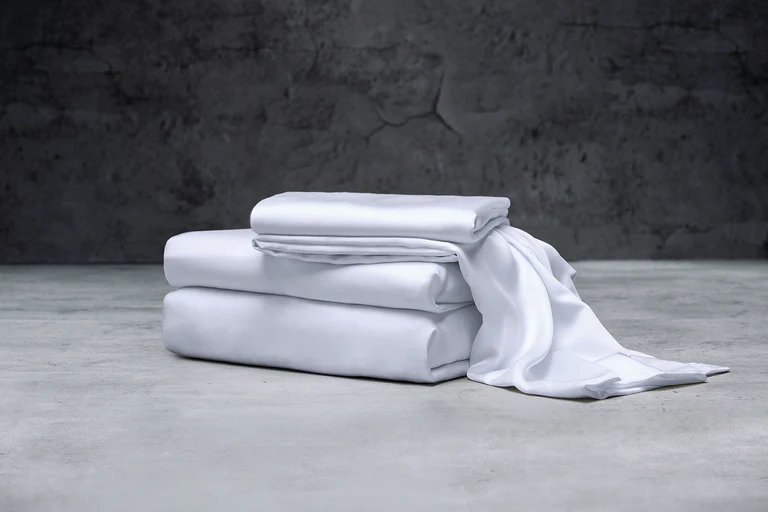The characteristics of JUEAI HOME textile supply chain include:
- Sourcing of materials: The supply chain involves sourcing raw materials such as fabrics, fibers, dyes, and other components needed to manufacture home textiles. This may involve partnerships with textile mills, farms, or suppliers of specialized materials.
- Manufacturing processes: The supply chain encompasses the various stages of manufacturing, including cutting, sewing, impression, embroidery, and finishing. These processes transform the raw materials into finished home textile products.
- Contrôle de qualité: A robust supply chain includes quality control measures to ensure that the home textile products meet the required standards. This involves inspecting and testing the materials and finished products to ensure they meet quality, durabilité, and safety criteria.
- Distribution and logistics: The supply chain manages the distribution and logistics of the home textile products from the manufacturing facilities to retailers or directly to consumers. This includes warehousing, transportation, inventory management, and order fulfillment.
- Sustainability and ethical practices: Many consumers prioritize sustainability and ethical considerations. A responsible supply chain may include practices such as using eco-friendly materials, reducing waste and energy consumption, ensuring fair labor practices, and promoting transparency throughout the supply chain.
- Collaboration and partnerships: A strong supply chain often involves collaboration and partnerships with suppliers, manufacturers, logistics providers, and retailers. Effective communication, cooperation, and mutually beneficial relationships help streamline operations and ensure timely delivery of products.
- Customer satisfaction: A well-functioning supply chain focuses on meeting customer expectations. This includes providing a wide range of home textile products, ensuring product availability, livraison dans les délais, responsive customer service, and addressing any issues or concerns effectively.
